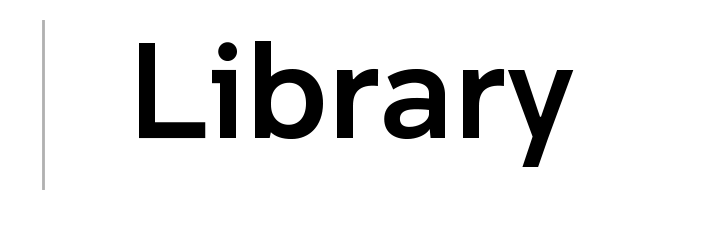Primary and secondary sources
A guide to the differences between primary and secondary sources with examples of both.
Primary sources provide a first-hand account of an event or time period and are considered to be authoritative. They represent original thinking, reports on discoveries or events, or they can share new information. Often these sources are created at the time the events occurred but they can also include sources that are created later. They are usually the first formal appearance of original research.
Secondary sources involve analysis, synthesis, interpretation, or evaluation of primary sources. They often attempt to describe or explain primary sources.
Scholarly journals, although generally considered to be secondary sources, often contain articles on very specific subjects and may be the primary source of information on new developments.
Primary and secondary categories are often not fixed and depend on the study or research you are undertaking. For example, newspaper editorial/opinion pieces can be both primary and secondary. If exploring how an event affected people at a certain time, this type of source would be considered a primary source. If exploring the event, then the opinion piece would be responding to the event and therefore is considered to be a secondary source.
Primary sources
Examples of primary resources include:
- diaries, correspondence, ships' logs
- original documents e.g. birth certificates, trial transcripts
- biographies, autobiographies, manuscripts
- interviews, speeches, oral histories
- case law, legislation, regulations, constitutions
- government documents, statistical data, research reports
- a journal article reporting new research or findings
- creative art works, literature
- newspaper advertisements and reportage and editorial/opinion pieces
Primary sources can be found using:
Secondary sources
Secondary sources offer an analysis, interpretation or a restatement of primary sources and are considered to be persuasive. They often involve generalisation, synthesis, interpretation, commentary or evaluation in an attempt to convince the reader of the creator's argument. They often attempt to describe or explain primary sources.
Examples of secondary sources include:
- journal articles that comment on or analyse research
- textbooks
- dictionaries and encyclopedias
- books that interpret, analyse
- political commentary
- biographies
- dissertations
- newspaper editorial/opinion pieces
- criticism of literature, art works or music

